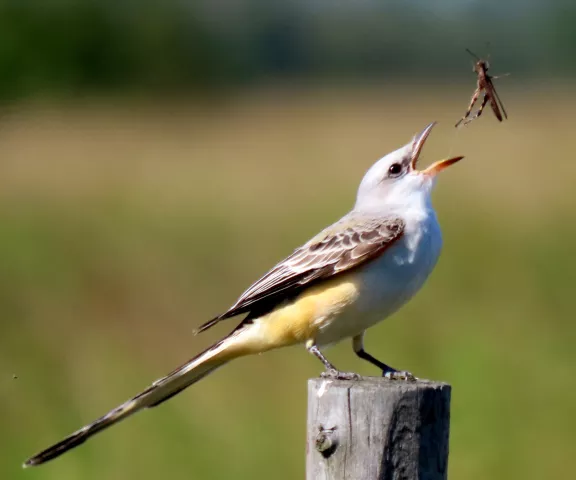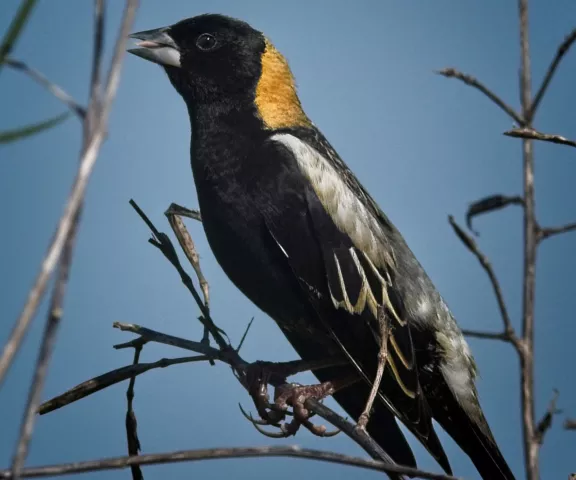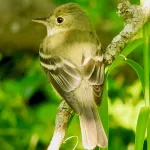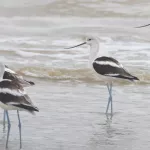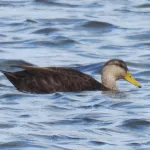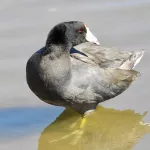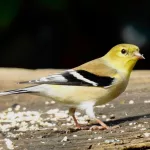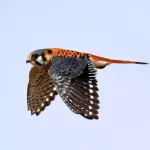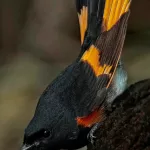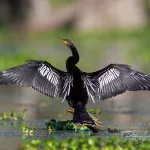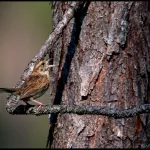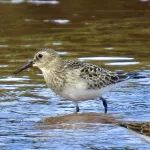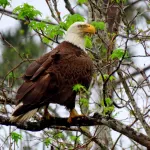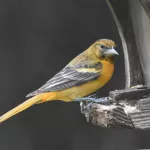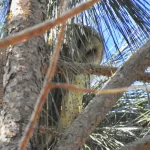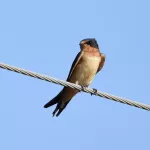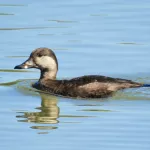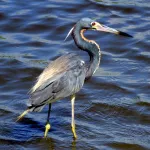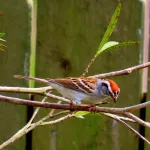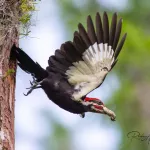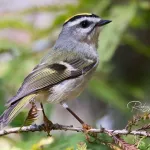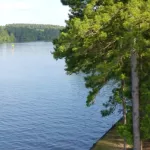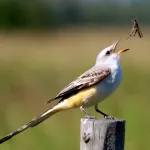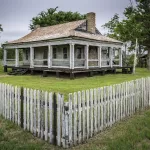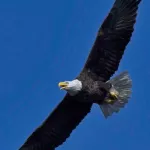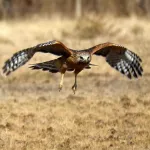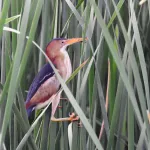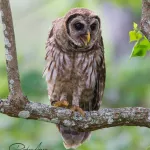Loggy Bayou Wildlife Management Area sits between Loggy and Red Chute Bayous and Lake Bistineau in the Red River Alluvial Valley. The WMA is one of the few remaining large bottomland hardwood areas in northwestern Louisiana. This is a relatively lightly-birded site, with eBird showing only 20 checklists submitted. Yet, the site’s species total is nearly 130.
A primitive campground next to the permit station is the starting point for birding exploration. In the open tallgrass field, look for Scissor-tailed Flycatcher, Eastern Kingbird, Eastern Bluebird, Eastern Meadowlark, Blue Grosbeak, and both Indigo and Painted Buntings in warmer months. In winter, grassland bird activity rises substantially with nearctic sparrows, wrens, and others moving in. Common winter species include Field, Fox, LeConte’s, Savannah, Song, and Swamp Sparrows. Look for migrating Bobolinks here if you visit in late April/early May.
A gravel path crosses the bayou and leads into the woods. Several offshoot trails lead further into the bottomland forest. Birders and hikers should note that this WMA is actively hunted in fall and winter, so spring and summer visits may be more appropriate. During warm months, expect woodland songbirds such as White-eyed, Yellow-throated, and Red-eyed Vireos, Blue-gray Gnatcatcher, Carolina Wren, and Yellow-breasted Chat, along with Prothonotary, Northern Parula, Hooded and Kentucky Warblers.
Loggy Bayou WMA is a fine example of ecological restoration. When purchased, the tract consisted of overgrazed cattle pasture and poor-quality bottomland forest. Several hundred acres of agricultural fields with preferred oak species were planted in the early 1970s and 1980s. These restored forests now provide quality habitats for a variety of wildlife. Amenities are few here. There is identification signage, parking, maintained trails, and a primitive campground but no restrooms. The site is not handicapped-accessible.
